A Deeper Dive into Offspeed Pitches: Types of Baseball Pitches
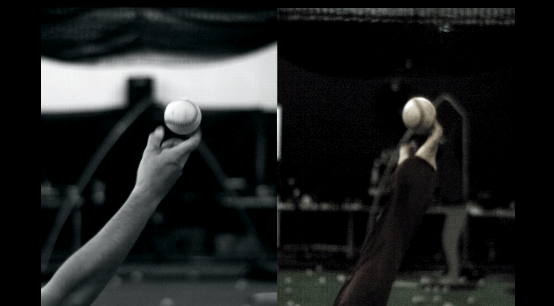
After looking further into fastballs, now is a good time to look deeper at offspeed pitches—particularly curveballs and sliders. Answering this question will give us an idea on how many types of baseball pitches exist.
We’ve talked before that one of the key parts of an offspeed pitch is how the spin of the pitch aligns with the axis. If using a device like a Rapsodo, this shows up as useful or true spin. This means that raw spin rate can help you bucket a curveball or slider and can say whether they have a high, average, or low spin rate. But it doesn’t tell you too much more about the pitch.
Instead, the movement of a pitch is better described by two different categories of total spin: transverse spin and gyrospin. Transverse spin, which travels perpendicular to the direction of velo of the ball, is the main driver of magnus force. (This is more specifically described in Dr. Alan Nathan’s paper Determining 3D Spin Axis from TrackMan Data.)
Magnus force (which you are likely more familiar with) is only sensitive to the transverse spin, which travels perpendicular to the direction of the velocity of the ball (think of a four-seam axis).
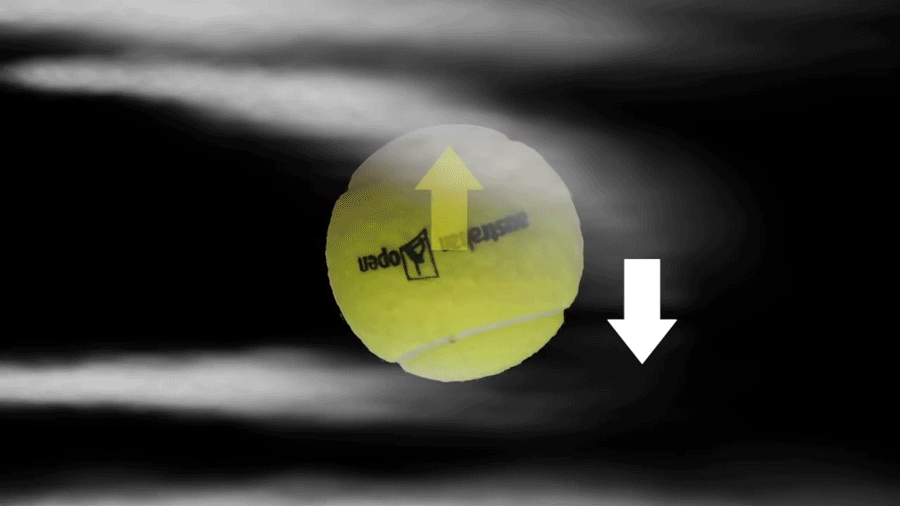
The gyro spin is most easily seen by a slider, which spins like a football or a bullet from a rifle.
Bonus GIF: Dylan Bundy's Slider Grip + Release for the Bundle of joy that is @PitchingNinja pic.twitter.com/df0b4Bdvo3
— Nick Pollack (@PitcherList) April 5, 2017
Because of this, the so-called true or useful spin relates to how a pitch moves, whereas gyrospin likely has little effect.
Now, while we avoid going further into the weeds on spin technicalities here, we are going to talk about how offspeed pitches are currently discussed and grouped into different types of baseball pitches.
Generally, the way we talk about offspeed pitches falls into different categories of sliders and curveballs: for instance, a sharp curveball, a loopy curveball, a slider with bite, or one that looks flat. This largely comes from lacking a way to measure pitches until recently, meaning that coaches and players have often defaulted to describing the offspeed pitches they throw by the grip and intention of the pitch.
How one describes a pitch doesn’t always map with the movement of the pitch. We can see the difficulties of that in MLB data. We should think of offspeed pitches as more of a gradient or a continuum. They blend into one another with different variations all over. This can be both overwhelming and exciting because it creates a different way to think about a pitcher’s arsenal and how that relates to designing new or tweaking old pitches.
A Technical Look at the Types of Baseball Pitches
How one is motivated to classify pitches is often a function of perspective. Traditionally, we’ve grouped segmented pitch types into common buckets—such as curveballs, sliders, changeups, etc.—which can be valuable if we’re trying to understand how a pitcher perceives fit for a given pitch within his arsenal and what his throwing intent is.
But, when working with newer ball-flight technology, we’re also afforded the opportunity to view and classify pitches from the batter’s perspective, which is arguably both more useful and descriptive in understanding the quality of a specific pitch.
For example, using 2018 MLB StatCast data, we can see that Jacob deGrom’s curveball (CB) and Chris Stratton’s slider (SL) are essentially the same pitch despite being classified differently. If we’re trying to analyze how a given batter will perform against said pitches, it likely makes very little difference to them how the pitcher describes it. From a batter’s perspective, those two pitches are perceptually equivalent (relatively speaking) and thus should be grouped together.

Vice versa, Clayton Kershaw and Matt Harvey are both listed as throwing CBs, despite the movement profile and shape of each respective pitch being quite different. If we were to run an analysis looking at what defines a “good curveball,” where these pitchers should locate their respective CB or how similar both pitchers are based on pitch type frequency, it is likely that we’d be misled if we did not separate those two pitches into separate classifiers. Scouts have understood this for years, using more specific pitch-typing nomenclature to classify pitches such as “slurves” or “roundhouse curves” more appropriately.
Run Values of 12-6 Curveballs – 2018 Season
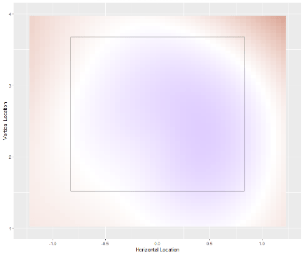
Run Values of Slurves – 2018 Season
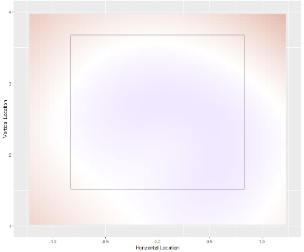
Run Values of All Curveballs – 2018 Season
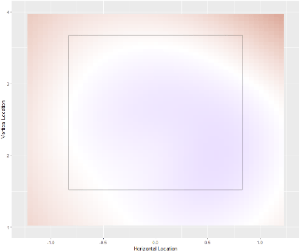
Above are three heat maps (RHP vs. RHH) for the respective run values of 12-6 curveballs (like Kershaw), slurves (like Harvey), and MLBAM classified CBs. By getting more specific with pitch typing, we can gain a better sense of both the quality and ideal location profile of a given pitch.
Deciding how many classifications are needed to accurately bucket every pitch type is always going to be arbitrary, unless you use more rigorous clustering techniques. However, we can use more advanced ball-flight metrics to divide different types of baseball pitches more descriptively, like the chart below, will likely result in a more objective understanding of where a pitcher needs to add a pitch, where two pitches might be redundant, or where a pitch consistently needs to be to have success.
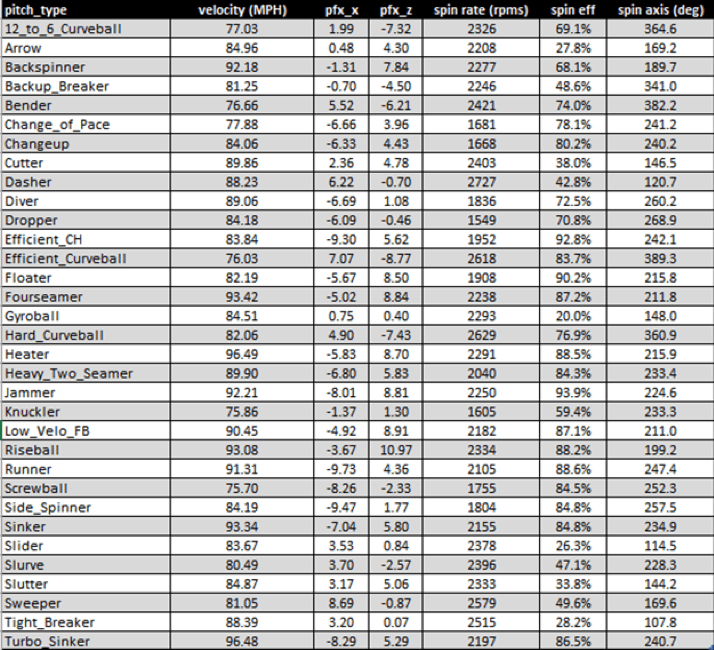
Using technology as a classification system can open up a lot of opportunities for more specific classifications. There is still time to learn the best way to classify pitches, or if there even is one. But we can clearly see that this information gives us the ability to dive significantly deeper into a pitcher’s arsenal.
Many coaches today won’t have access to this sort of information, unless they are in pro ball and are in an organization that makes this data available. But that doesn’t mean that we can’t start moving towards a different way to classify pitches. One of the more straightforward ways to do so is to think of offspeed pitch movement on a scale that is based on movement, instead of what the pitcher believes he throws with his grip.
Thinking of Offspeed as a Continuum
We’ve established that a slider can drastically differ from pitcher to pitcher. These offerings may be classified the same, but they’re on completely opposite sides of the spectrum in terms of pitch movement. Some have substantial rise with little horizontal break, whereas others may have a few inches of depth and a large amount of lateral movement. We’re essentially considering everything from a true cutter to a slurve to fall into the bandwidth of what we consider sliders.
This graphic (RHP from catcher POV) from Mike Fast effectively displays the wide array of movement that sliders possess. The slider is susceptible to dip into cutter territory, as well as plunging into the neighborhood of curveballs.
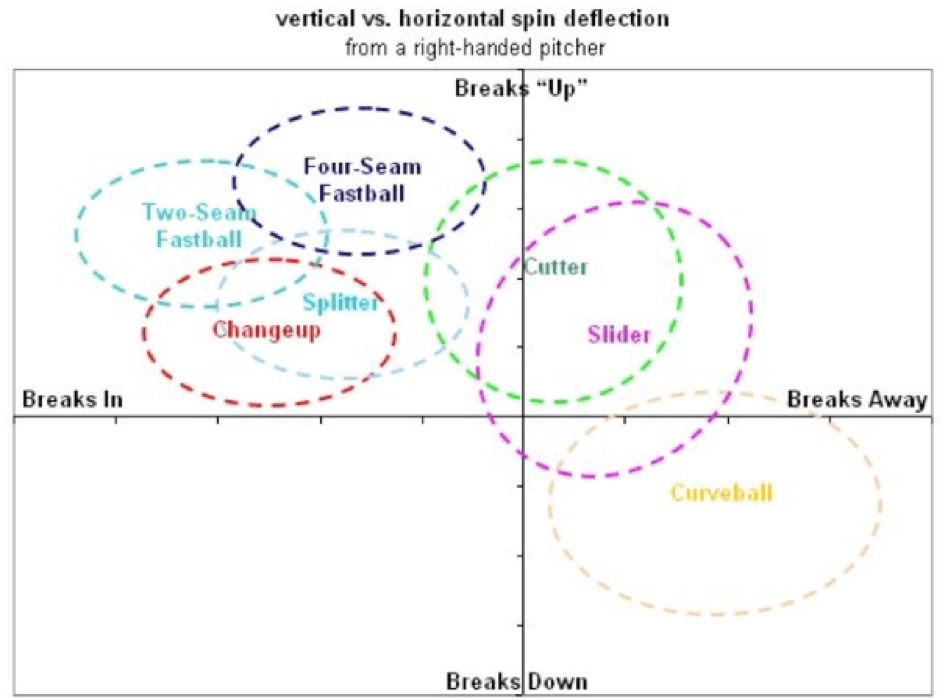
Chart from the Baseball Prospectus article – Pitching Backwards: The Case for Longform Movement
Just as we see a continuum of movement for sliders, the same exists for curveballs. Some pitchers may possess a curveball with little to no drop and minimal side-to-side movement (near gyroball). Others may display very little depth and considerable glove-side action (similar to the sweeper classification). From a spin-induced movement standpoint, these pitches aren’t even close to our curveball classifications, but they receive the same title. Which can give another hint at how difficult it can be to group different types of baseball pitches.
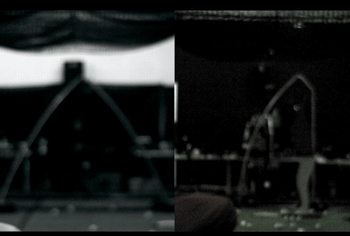
For pitchers that produce solid drop on their curveballs, we often see them fall into three buckets: the slurve, the traditional curve, and the 12/6 breaker. The slurve typically possesses near equal parts horizontal and vertical while appearing more east-to-west than the conventional curve. With athletes who throw a traditional curve, the offering often exhibits more drop than sideways movement. The 12/6 breaker is the least common of the bunch. It produces little to no glove-side break with a great deal of downward action (thus the name). To drive the point home, each of the pitches described are curveballs from a traditional classification standpoint, but each has incredibly different movement profiles.
But this does require moving past describing pitches on specific grips and describing what pitches are by their movement profiles.
We can see how coaches need to live between “this grip means you throw a curveball” and the highly specific technical descriptions mentioned above. When taking a pitcher in and looking at his pitches, it is unhelpful to say he “needs to learn a curveball.” Coaches need a more specific goal of what kind of curveball a pitcher may want to learn, ignoring for a minute that some pitcher’s may have difficulty learning certain pitches because of arm slots or other reasons.
So, the feedback loop needs to be more of a back of forth of what profile a pitcher may need to gain or change a pitch to. Other considerations include how quickly or difficult it is for the pitcher to pick up that pitch and how it fits in with his other pitches. Remember, there is a difference between learning a good offspeed pitch in a vacuum and learning one that fits with pitches they might already throw.
Conclusion
We again come back to how vitally important communication is and how not having coaches and players on the same page is often a problem. We know that there tends to be a coach’s or player’s description of a pitch, followed by a technical measurement of how a pitch moves. These two don’t have to live in conflict, but there are sometimes bumps along the road.
It matters less how a player or coach describes a pitch as long as it’s clearly communicated. But there are layers of technical knowledge that are now needed to truly dive into the weeds of pitch movement to see how a pitch moves and compares to others. This creates a layer beyond what a player calls a pitch and how we can use technology to group different types of baseball pitches.
A coach might take a pitcher in, have him throw on a Rapsodo, dive into the numbers, and then see a specific movement profile that may need changing or a gap in his repertoire that could use a pitch of a certain movement profile. This is just another example of how technology is changing the game and requiring a slightly different understanding of what was needed before.
This article was co-written by Michael O’Connell, Dan Aucoin, and Eric Jagers
Comment section